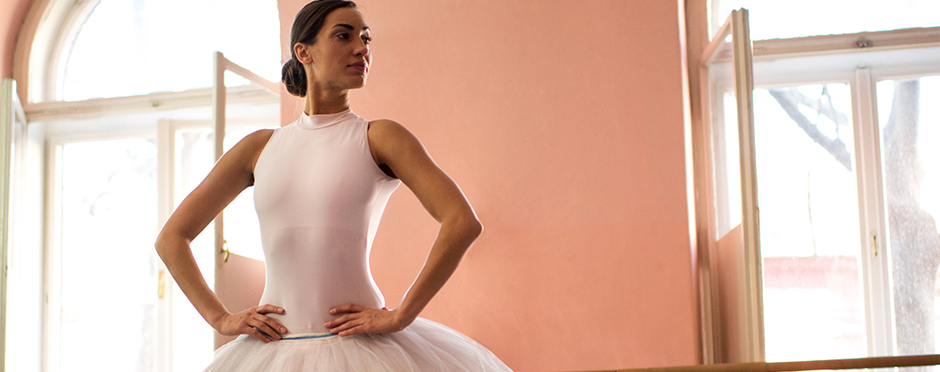
5 Important Stretches for Dancers
Leave a CommentWhile dancers are known for their flexibility, they are not immune to overworked muscles, which can lead to increased muscle tightness. Because dancers are often very flexible, sometimes it’s easy to bypass the stretch to the muscle through hypermobile joints. Here are some tips and tricks to help dancers’ stretch commonly tight muscles.
1. Iliotibial Band (ITB):
This large band of fascia (tissue) runs the length of your thigh from your hip to your knee. It can be a common source of pain or discomfort. The ITB may increase in stiffness from repetitive motions of the thigh and repetitive high impact movements through the leg, both of which can be found in nearly every dance class.
To stretch this area, start by lying on your back with your knees bent. Drop both knees to one side. Then let the top leg extend straight bringing the toes towards you. Reach down to support your leg about six inches from the floor and rotate the opposite shoulder and head away from your foot. For this stretch you want to make sure your hips are stacked on top of each other; a common error is to let the top hip roll backward. The straighter your keep your knee, and the further down your leg you hold on to, the more of a stretch you should feel.
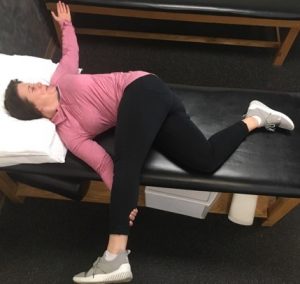
2. Tensor Fascia Lata (TFL):
While this may sound like a fancy drink at your favorite coffee shop, this small muscle can cause some big issues. The TFL is primarily a hip flexor but also works as an internal rotator of the hip. It inserts into the ITB, so these two structures often function together. A tight TFL will sometimes cause a “stuck” feeling while moving the hip into internal rotation.
For this stretch, cross one ankle over top the other knee, making sure your legs are crossed as much as possible. Try to stack the knees in line. Gently rotate your legs toward the top leg until a stretch is felt in the front of the bottom leg. For more of a stretch, gently angle the pressure away and down on a diagonal.
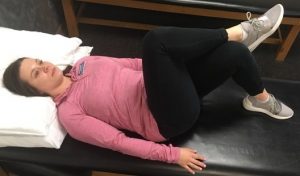
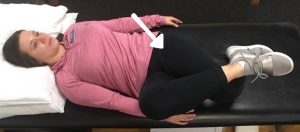
3. Calf Complex:
Two main muscles make up your calf, the gastrocnemius and soleus. Both of these muscles work overtime with all the relevés and jumps required in most dance styles.
Start in a split stance and make sure the back leg is not turned out as this is a common compensation. Keeping the back heel firmly planted on the ground, gently lunge forward on the front leg. To feel more of a stretch you can gently rotate your toes toward midline. To stretch the soleus, begin in the same position, but slightly bend the back knee, shifting your weight back.
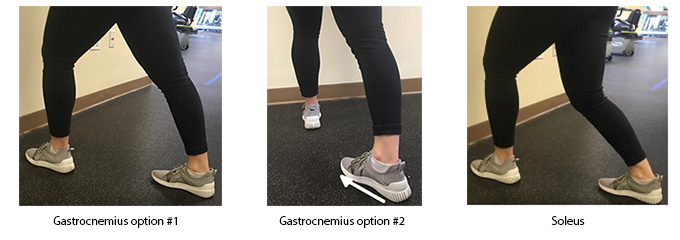
4. Piriformis:
As one of the primary deep hip rotators, this muscle often works overtime for dancers who frequently train in a turned out position.
For this stretch, lay on your back with one ankle on top of the opposite knee. Hug the opposite thigh in toward your chest. If this stretch is not enough, you can gently begin to rock your hips toward the opposite direction, working toward placing the crossed foot on the floor.
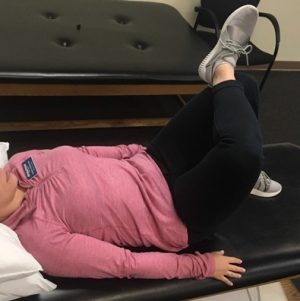
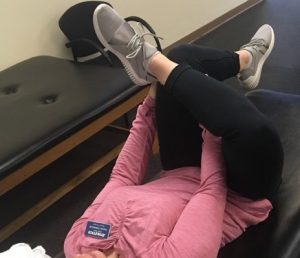
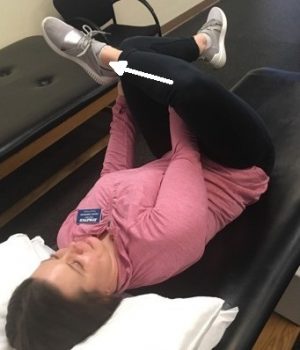
5. Flexor Hallicus Longus:
This muscle runs from the calf, along the bottom of the foot and inserts to the underside of the big toe. It works at the ankle and toe joints whenever a dancer points their toes, therefore is often under stress. Many dancers are aware of the importance of rolling out the fascia along the bottom of their feet, but may be neglecting this specific muscle.
One of the easiest ways to isolate this muscle is in standing. Start by standing at a wall, placing the ball of your foot up on the wall. Slowly drag your foot down the wall until you feel a stretch along the bottom of your foot. Try to isolate the big toe up against the wall as much as possible.
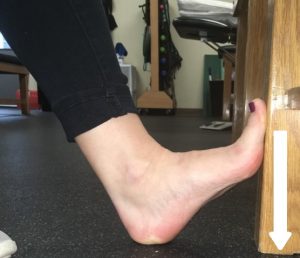
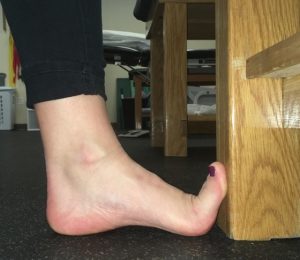
Stretch It Out!
Static stretches should be performed when you’re already slightly warm, so a 5-10 minute full body warm-up is recommended prior to performing stretches. Stretches should be held 30-60 seconds and repeated 3-5 times to allow the tissue to relax fully. Performing these stretches prior to class will lead to feeling looser and allow you to achieve full range of motion. It may also help to prevent further overuse injuries.
Happy stretching!
*Per federal guidelines, beneficiaries of plans such as Medicare, Medicaid, Tricare, VHA and other federally funded plans are not eligible for free assessments.
The Athletico blog is an educational resource written by Athletico employees. Athletico bloggers are licensed professionals who abide by the code of ethics outlined by their respective professional associations. The content published in blog posts represents the opinion of the individual author based on their expertise and experience. The content provided in this blog is for informational purposes only, does not constitute medical advice and should not be relied on for making personal health decisions.
